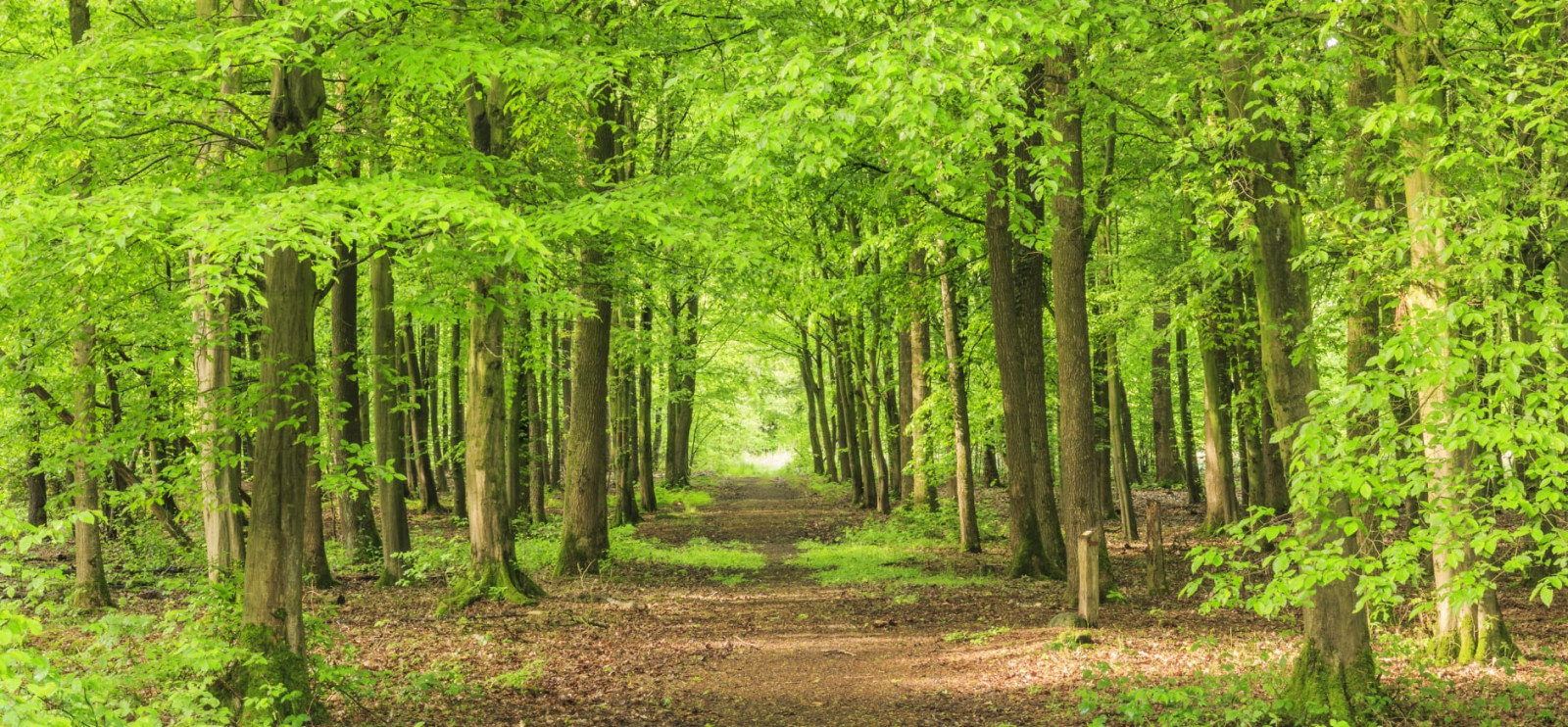Description
The Voorsterbos was planted between 1941 and 1961, but the former production forest has been transformed into a much more natural forest where dead wood remains so that insects and birds have more opportunities and where the trees are no longer in neat rows. The forest has now grown into a beautiful mature forest with a high natural value with many special mushrooms and also many birds. There are many different hiking trails that run through coniferous and bird-rich deciduous forests. More than 60 bird species breed in the forest, including Common Crossbill, Long-eared Owl, Tawny Owl, Lesser Spotted Woodpecker, European Honey-buzzard, Sparrowhawk, Spotted Flycatcher, Goldcrest, Willow Tit, Coal Tit, Garden Warbler, Eurasian Nuthatch and Short-toed Treecreeper. In winter the Voorsterbos is also a good place to see Eurasian Siskin, Brambling, Eurasian Bullfinch and Hawfinch. There are also several ponds and ditches in the forest where in winter you can find birds like Goosander, Great Egret, Common Kingfisher en Grey Wagtail.
_________________________
Nederlands: Het Voorsterbos werd tussen 1941 en 1961 aangeplant, maar het voormalige productiebos is door Natuurmonumenten omgevormd tot een veel natuurlijker bos waar dood hout blijft liggen zodat insecten en vogels meer kansen krijgen en waar de bomen niet meer in keurige rijtjes staan. Het bos is inmiddels uitgegroeid tot een prachtig volwassen bos met een hoge natuurwaarde met veel bijzondere paddesteoelen en ook veel vogels. Er zijn veel verschillende wandelpaden die lopen door dichte naaldbossen en vogelrijke loofbossen. In het bos broeden meer dan 60 vogelsoorten waaronder Common Crossbill, Long-eared Owl, Tawny Owl, Lesser Spotted Woodpecker, European Honey-buzzard, Sparrowhawk, Spotted Flycatcher, Goldcrest, Willow Tit, Coal Tit, Garden Warbler, Eurasian Nuthatch en Short-toed Treecreeper. In de winter is het Voorsterbos ook een goede plek voor het zien van Eurasian Siskin, Brambling, Eurasian Bullfinch en Hawfinch. In en aan het bos liggen ook diverse waterplassen en vaarten. In de winter kun je daar vogels als Goosander, Great Egret, Common Kingfisher en Grey Wagtail aantreffen.
Details
Access
There are numerous signposted walking routes through the forest of various lengths. The circular walk marked on the map is approximately 8 km long. A good starting point for exploring the forest is Recreation Center De Voorst (Leemringweg 33, 8317 RD Kraggenburg). Click on the P in the map for directions to the parking lot. Drive from the A6 Lelystad-Emmeloord via Nagele and Ens to Kraggenburg (N352). At the roundabout turn left towards Marknesse: Leemringweg. Take the first right to Recreation Center De Voorst. By public transport: with bus line 71 from Zwolle and Emmeloord, stop De Voorst on the Leemringweg.
_________________________
Nederlands: Er zijn talloze bewegwijzerde wandelroutes door het bos van verschillende lengte. De rondwandeling die is aangegeven op de kaart is ongeveer 8 km lang. Goed startpunt voor verkenning van het bos is Recreatiecentrum De Voorst (Leemringweg 33, 8317 RD Kraggenburg). Klik op de P in de kaart voor een routebeschrijving naar de parkeerplaats. Rijdt vanaf de A6 Lelystad-Emmeloord via Nagele en Ens naar Kraggenburg (N352). Op de rotonde linksaf richting Marknesse: Leemringweg. De eerste weg rechts naar Recreatiecentrum De Voorst nemen. Met het openbaar vervoer: met buslijn 71 vanuit Zwolle en Emmeloord, halte De Voorst aan de Leemringweg.
Terrain and Habitat
ForestConditions
FlatCircular trail
YesIs a telescope useful?
NoGood birding season
All year roundBest time to visit
SpringRoute
Wide path , Narrow trailDifficulty walking trail
EasyAccessible by
FootBirdwatching hide / platform
NoExtra info
You can combine a visit to the Voorsterbos with the adjacent Waterloopbos, also described on Birdingplaces.
_________________________
Nederlands: Je kunt een bezoek aan het Voorsterbos combineren met het ernaast gelegen Waterloopbos, ook beschreven op Birdingplaces.


